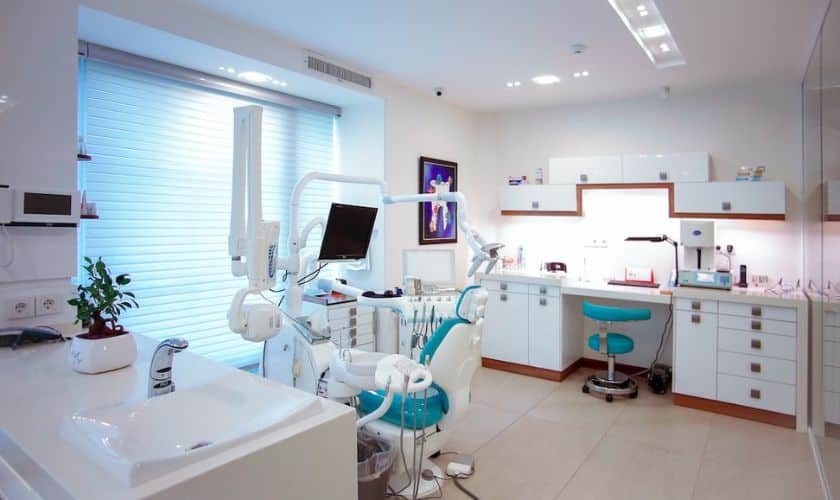
Developing A Floor Plan For A Dental Office
Designing a floor plan for a dental office is an important step in creating a functional and efficient workspace. A well-designed floor plan can help create a positive patient experience, increase patient flow and improve overall productivity. In this article, we will outline the steps for developing a floor plan for a dental office.
Assess the Space
The first step in developing a floor plan is to assess the space available. This includes considering the size, shape and layout of the room, as well as any existing features such as windows, doors, and electrical outlets. It is also important to take into account any restrictions such as fire codes, accessibility requirements, and local building codes.
Determine the Functions of the Space
Once you have assessed the space, it is important to determine the functions of the space. This includes deciding what type of dental procedures will be performed, how many treatment rooms are needed, and where to locate support areas such as the reception area, laboratory, and sterilization room.
Create a Sketch or Blueprint
Once you have determined the functions of the space, you can create a sketch or blueprint of the floor plan. This can be done by hand or using a computer-aided design (CAD) program. The sketch or blueprint should include the placement of all furniture, fixtures and equipment, as well as the layout of the treatment rooms and support areas.
Consider Patient Flow
Patient flow is an important consideration when developing a floor plan. This includes creating a logical flow of patients from the reception area to the treatment rooms and back out again. It is important to avoid bottlenecks and create a clear path for patients to follow.
Optimize the Layout
The layout of a dental office can have a significant impact on patient comfort, staff efficiency and overall productivity. When optimizing the layout, consider factors such as the placement of dental equipment, the size and layout of the treatment rooms, and the placement of support areas.
Incorporate Design Elements
Finally, it is important to incorporate design elements into the floor plan. This includes selecting colors, lighting fixtures, flooring and furniture that create a warm and welcoming environment for patients. The design should also reflect the brand image and values of the dental office.
Conclusion
In conclusion, developing a floor plan for a dental office requires careful consideration of the space available, the functions of the space, patient flow, the layout, and design elements. By following these steps, you can create a floor plan that meets the needs of both patients and staff, and creates a positive and efficient workspace.
When developing a floor plan for a dental office, there are several important factors to consider. These include the size and layout of the space, the functions of the space, patient flow, the optimization of the layout, and the incorporation of design elements. It is also important to take into account any restrictions such as fire codes, accessibility requirements, and local building codes.
Patient flow is an important consideration when developing a floor plan for a dental office. To optimize patient flow, it is important to create a clear and logical path for patients to follow from the reception area to the treatment rooms and back out again. This includes avoiding bottlenecks and ensuring that there is enough space for patients to move freely.
Design elements can play a significant role in creating a warm and welcoming environment for patients in a dental office. To incorporate design elements into the floor plan, consider factors such as the selection of colors, lighting fixtures, flooring and furniture. The design should reflect the brand image and values of the dental office and create a positive and efficient workspace.

